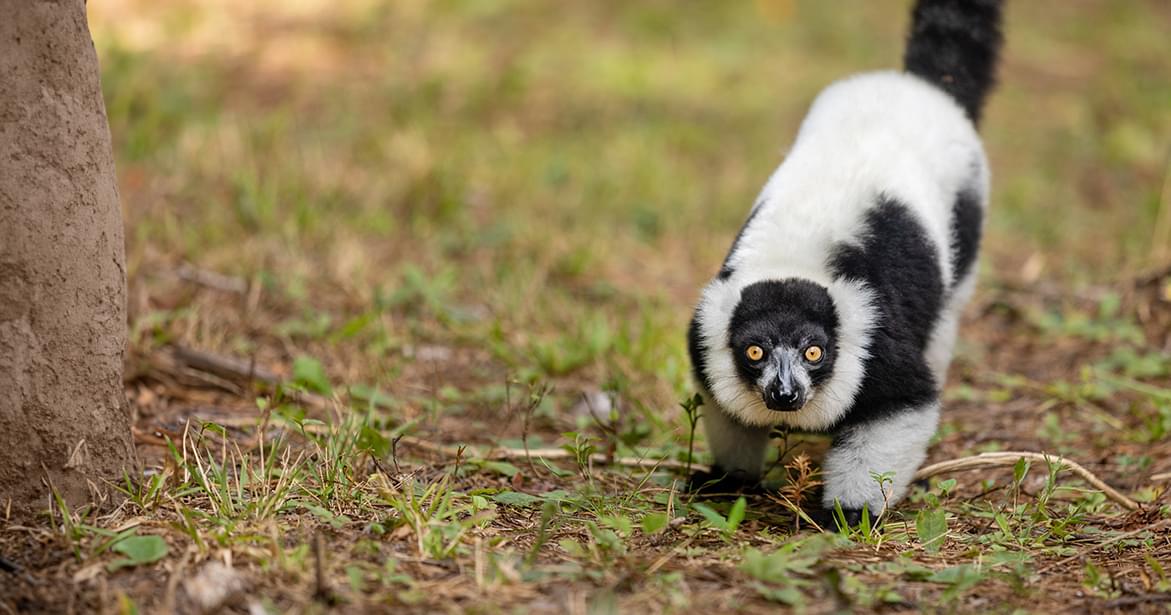Newsletter
Receive exclusive content, take advantage of our promotions and contests!
The Species Survival Plan (SSP)
The Species Survival Plan (SSP) is an initiative implemented in accredited zoos and aquariums to support the long-term sustainability of various animal species, particularly those at risk of extinction. These programs are coordinated by professionals affiliated with the Association of Zoos and Aquariums (AZA) and are designed to manage the breeding and care of animals in zoological settings.
The primary goal of an SSP is to maintain genetically viable and sustainable populations in captivity. To achieve this, the programs rely on tools such as genetic analyses, demographic studies, and population modeling, all overseen by specialized experts. In essence, SSPs aim to reduce the risk of outright extinction for many vulnerable and/or endangered species in the wild.

The management of species reproduction lies at the heart of the SSP’s objectives. Each species targeted by a survival plan is tracked through a studbook, a comprehensive registry that records every individual housed in accredited zoological institutions, including details about their genetic background and breeding history.
Based on this information, breeding recommendations can be made between specific individuals to optimize genetic diversity and reduce the risk of inbreeding-related diseases.
Through this coordinated approach to species management, SSPs play a tangible role in protecting global biodiversity.
Photo: Marc Dalpe
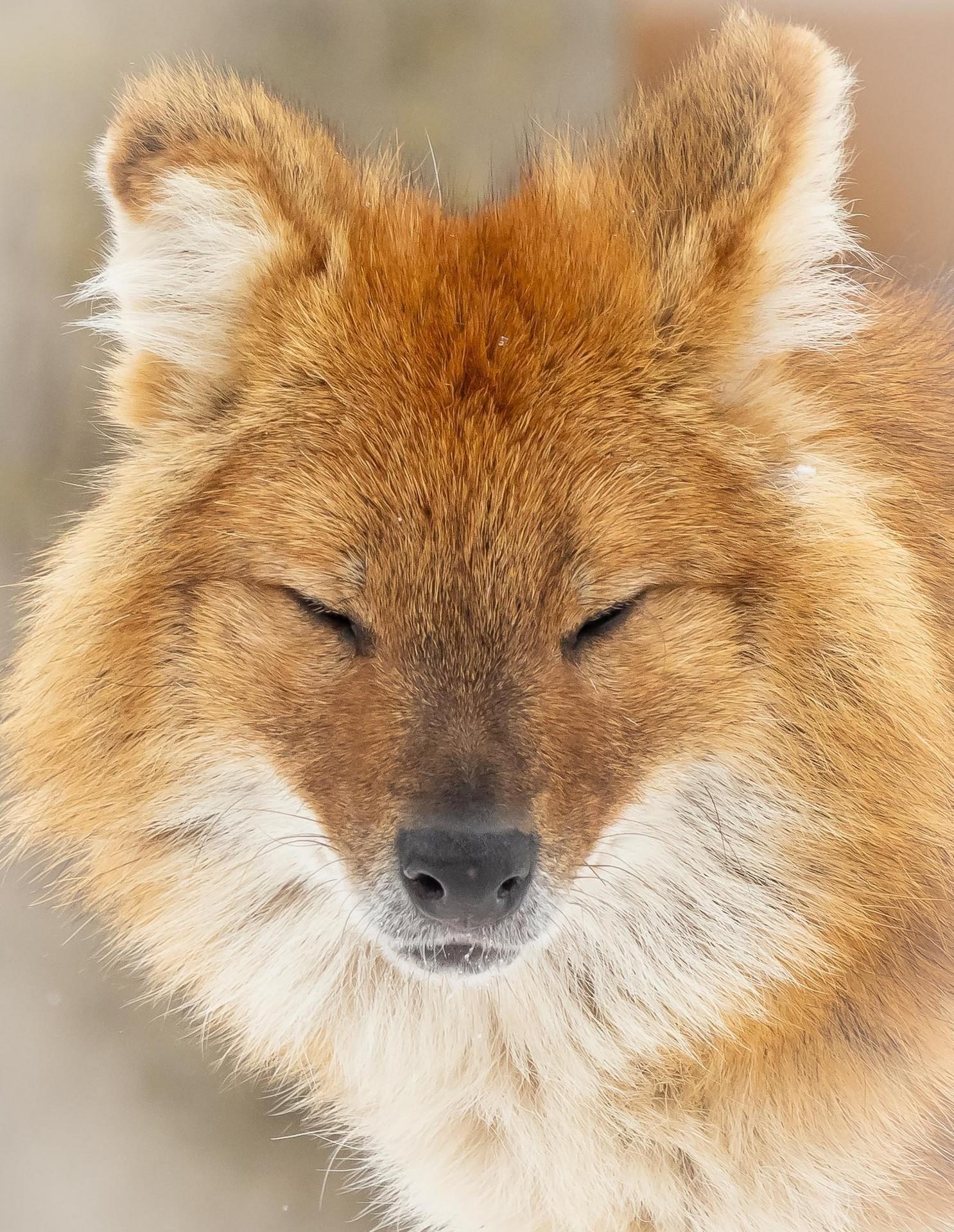
The AZA oversees nearly 300 SSP programs; for its part, Zoo de Granby participates in more than thirty of them, including those for the red panda, the Japanese crane, and the Amur tiger. Nearly 25% of the species under our care are classified as at-risk, which drives our commitment to take action and increase our impact in the coming years.
Among the notable births celebrated at the Zoo are those of the Andean condor, the Amur leopard, and the Panamanian golden frog, an amphibian that hasn’t been observed in the wild since 2009. Each birth is the result of deep species knowledge and the meticulous work of our animal care experts to create the right conditions for successful reproduction.

Colobus guereza

Procavia capensis
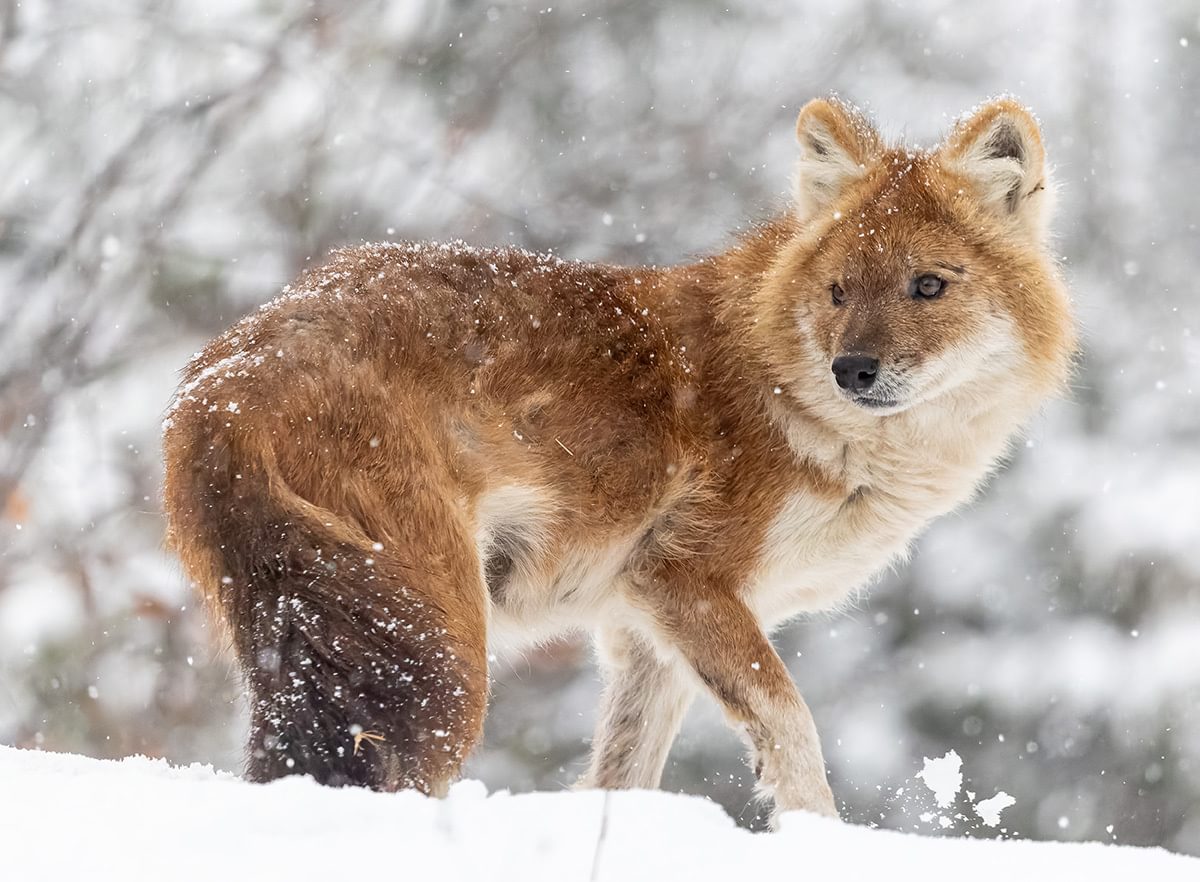
Cuon alpinus
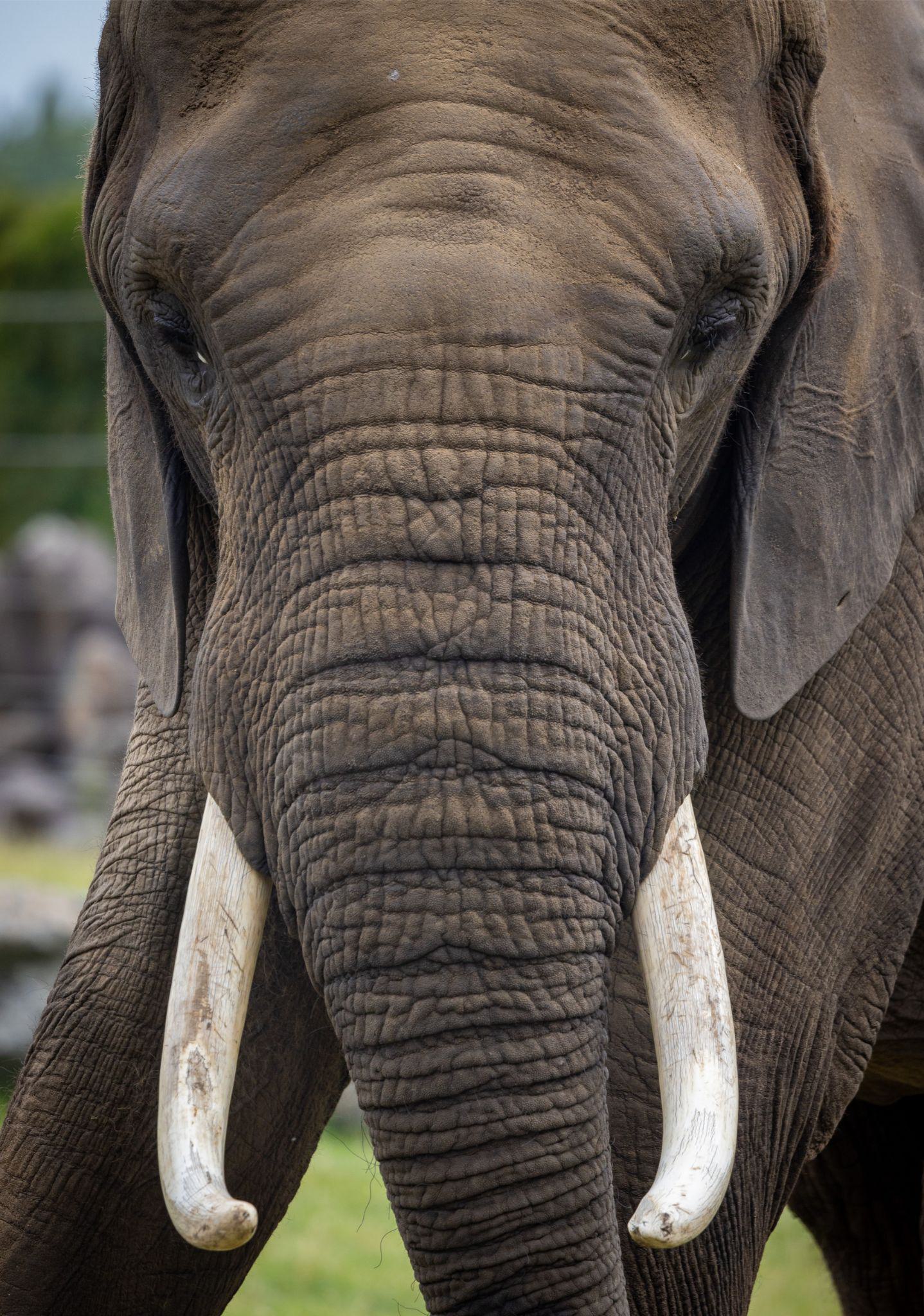
Loxodonta africana

Giraffa camelopardalis rothschild

Gorilla gorilla gorilla

Hippopotamus amphibius

Panthera onca
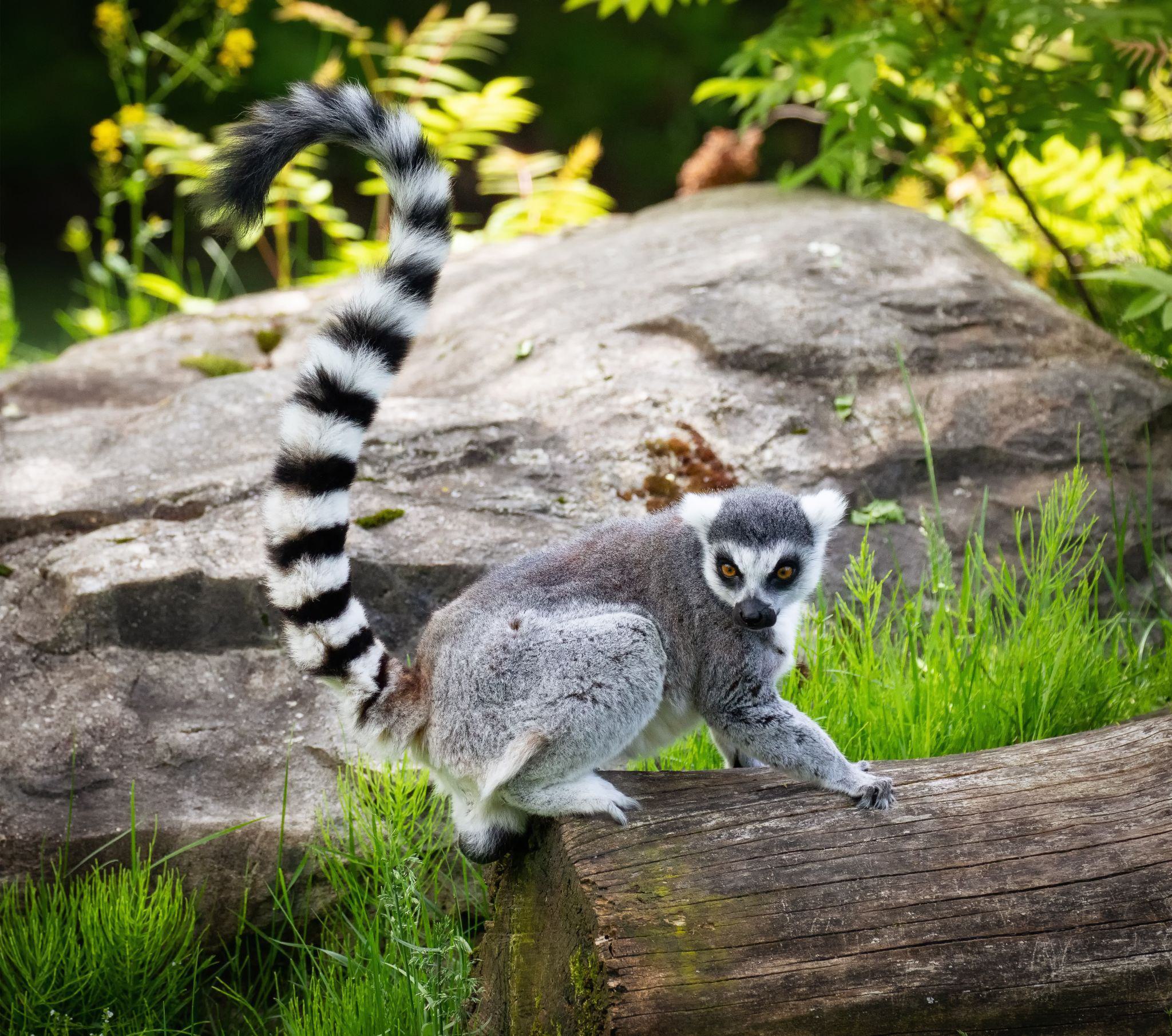
Lemur Catta

Varecia variegata
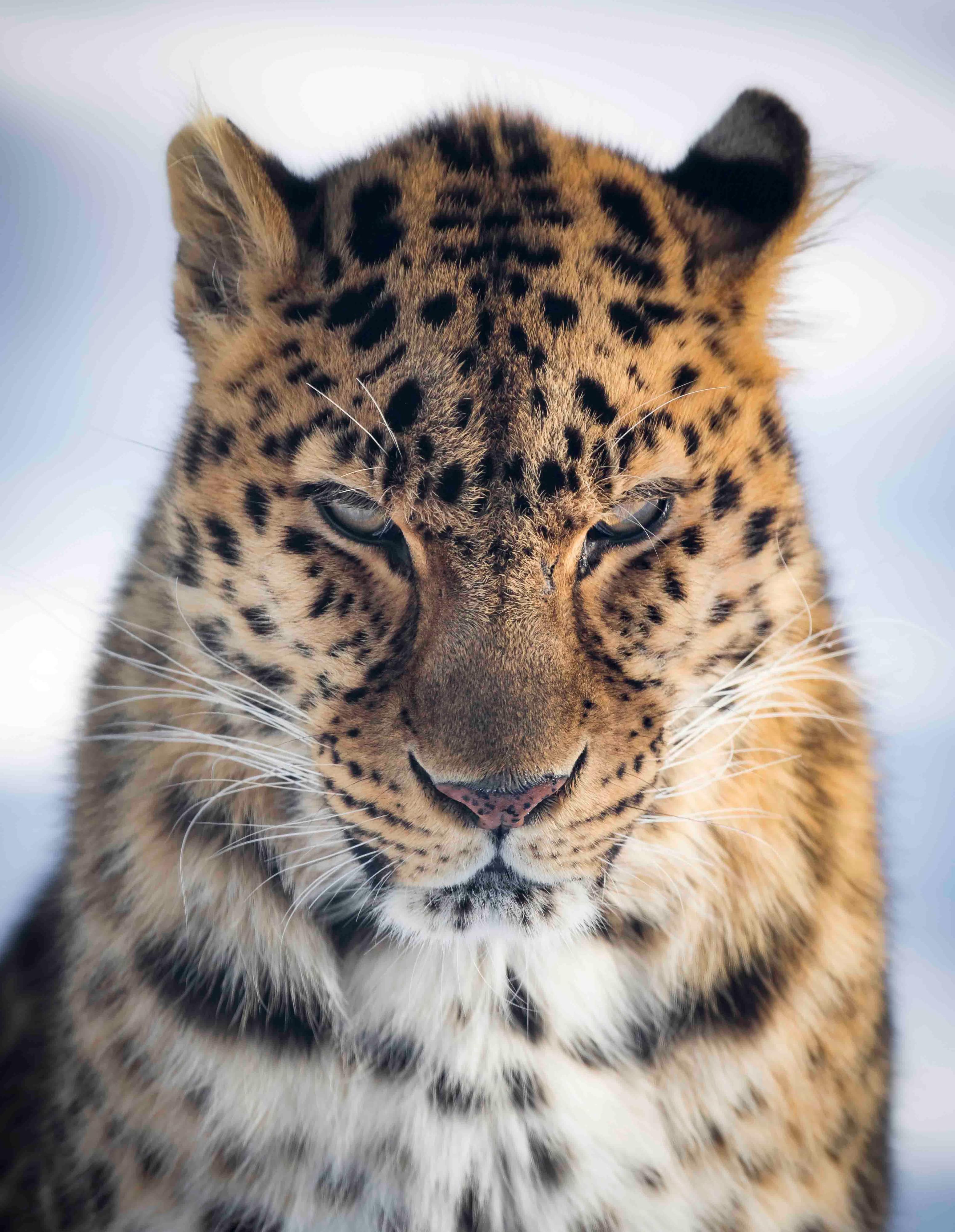
Panthera pardus orientalis
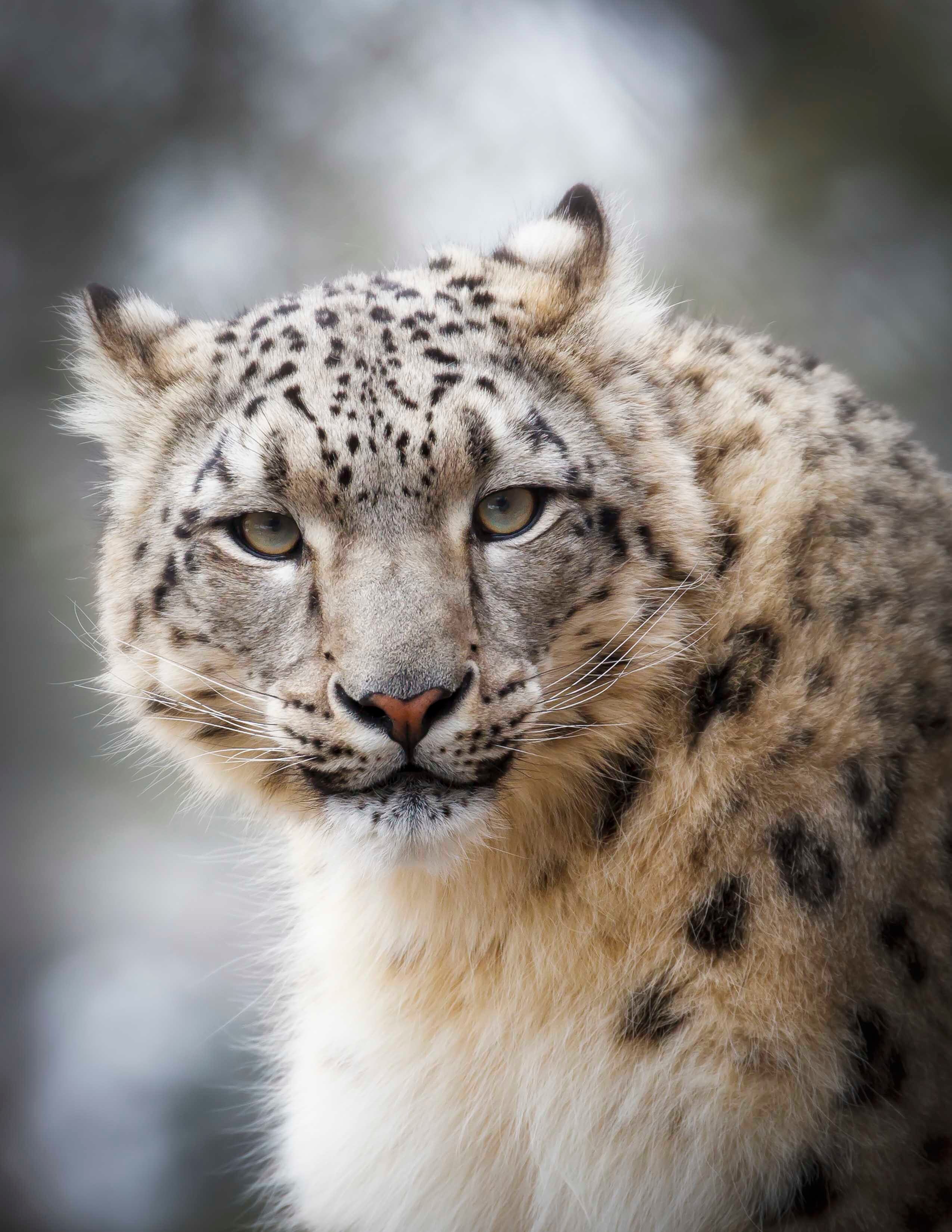
Panthera uncia
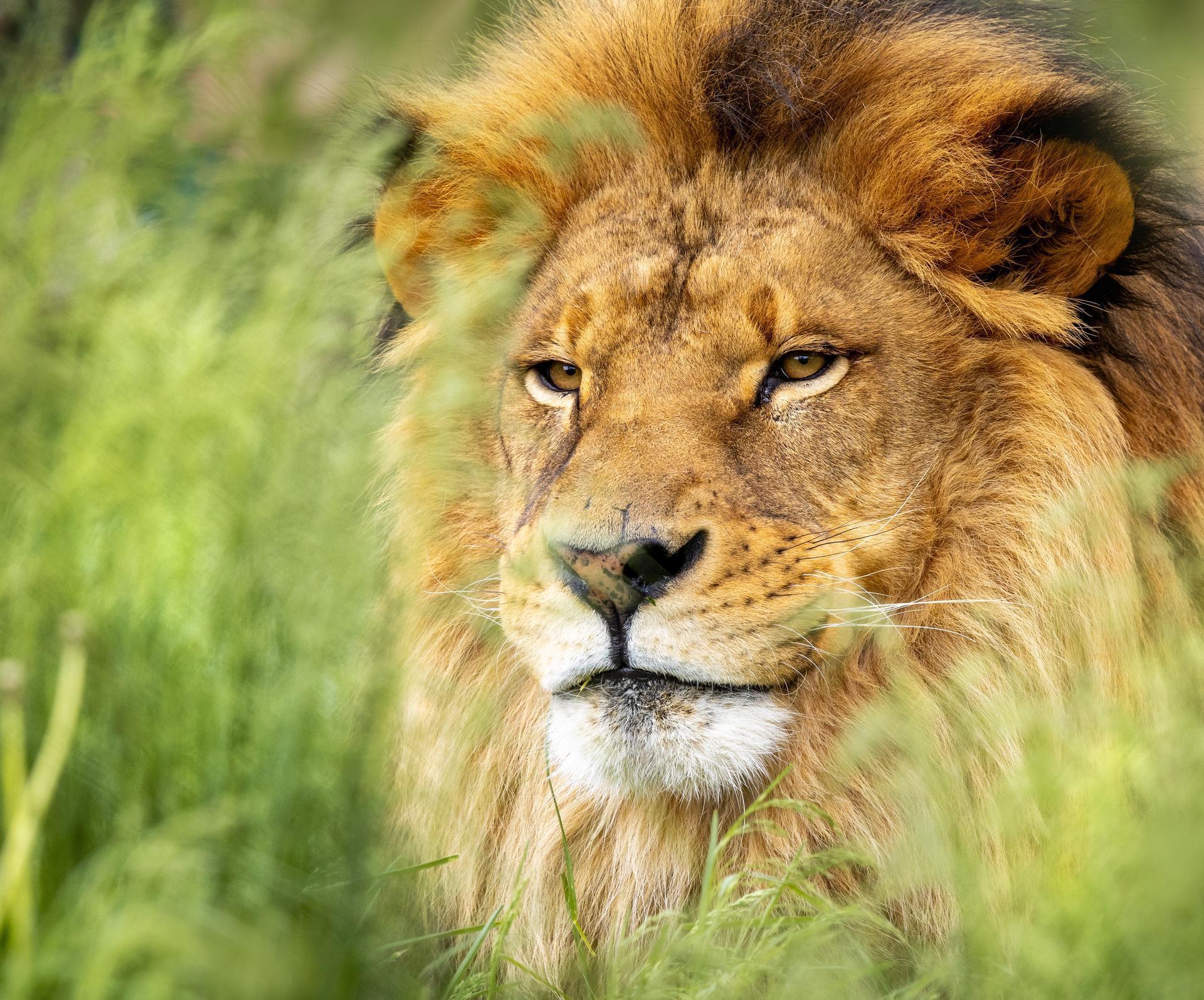
Panthera leo

Macaca fuscata

Mandrillus sphinx
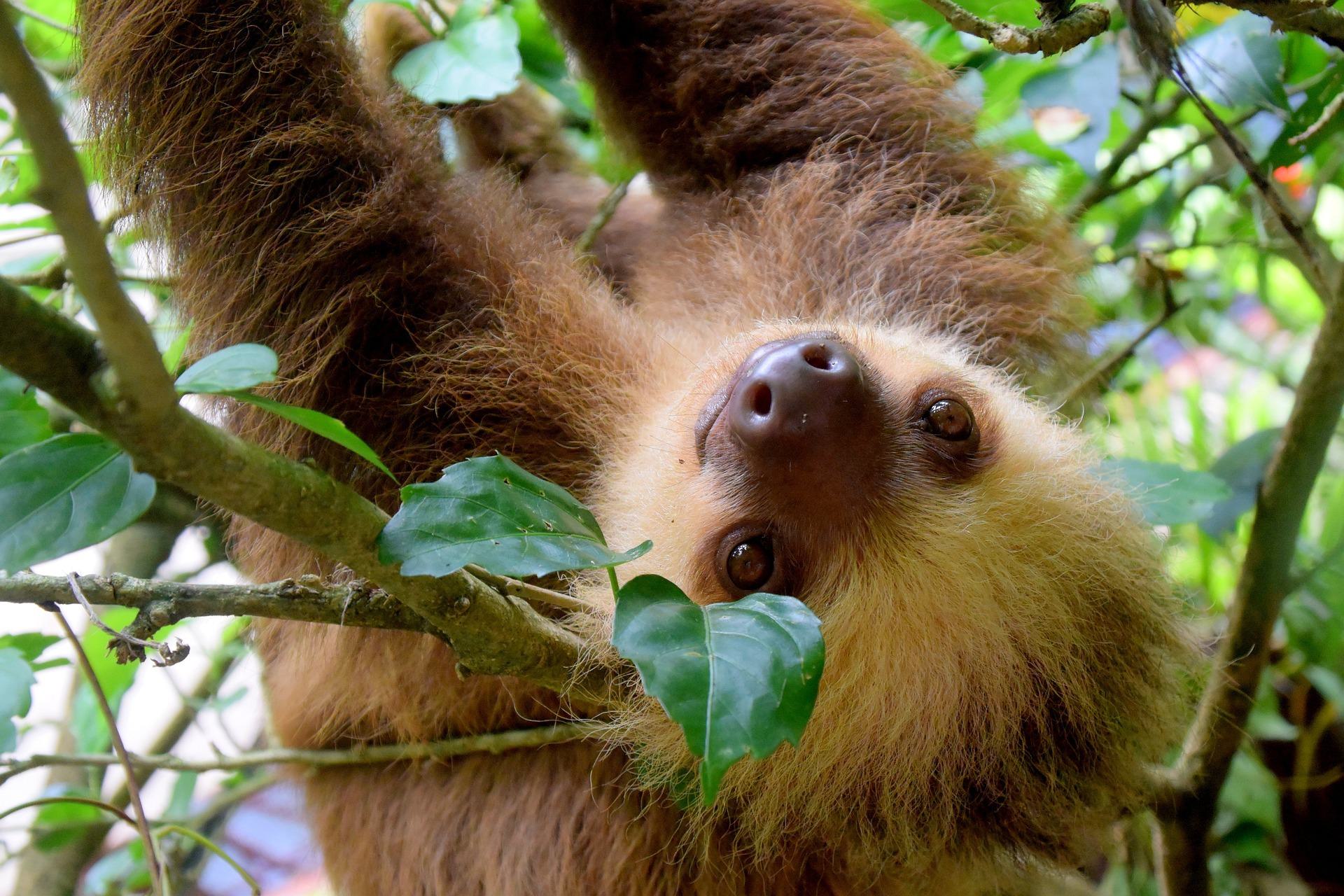
Choloepus didactylus
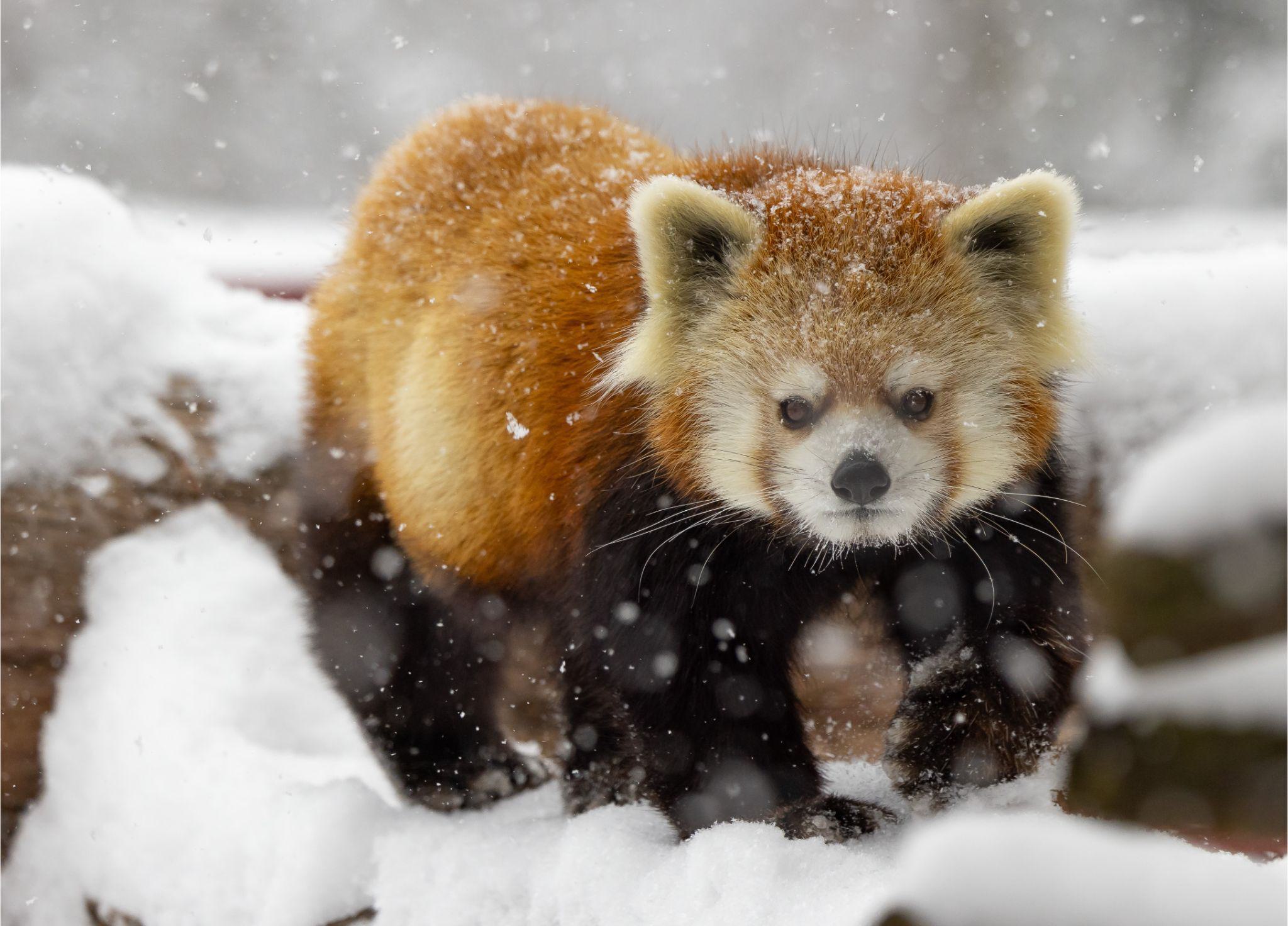
Ailurus fulgens

Hystrix africaeaustralis
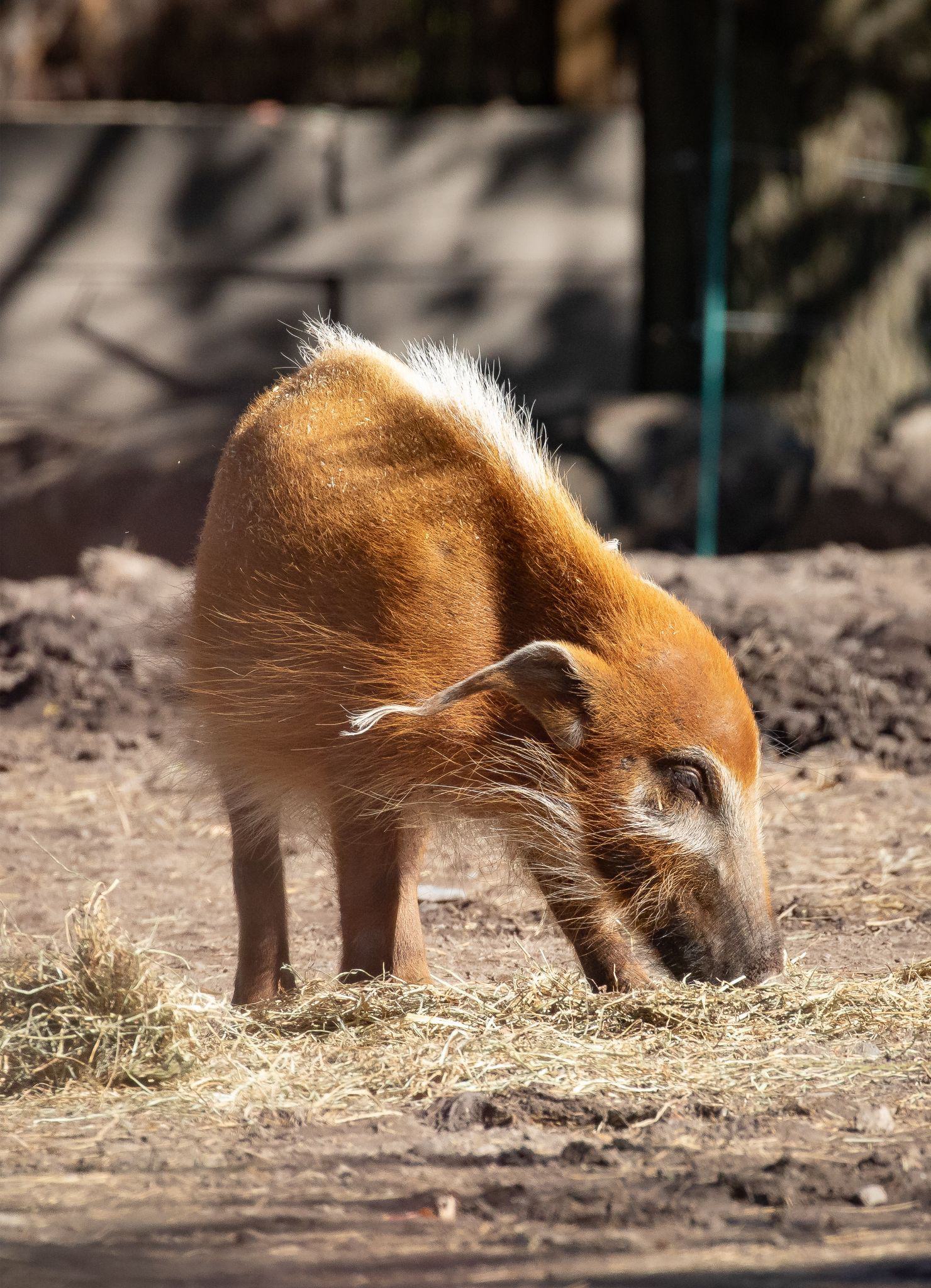
Potamochoerus porcus
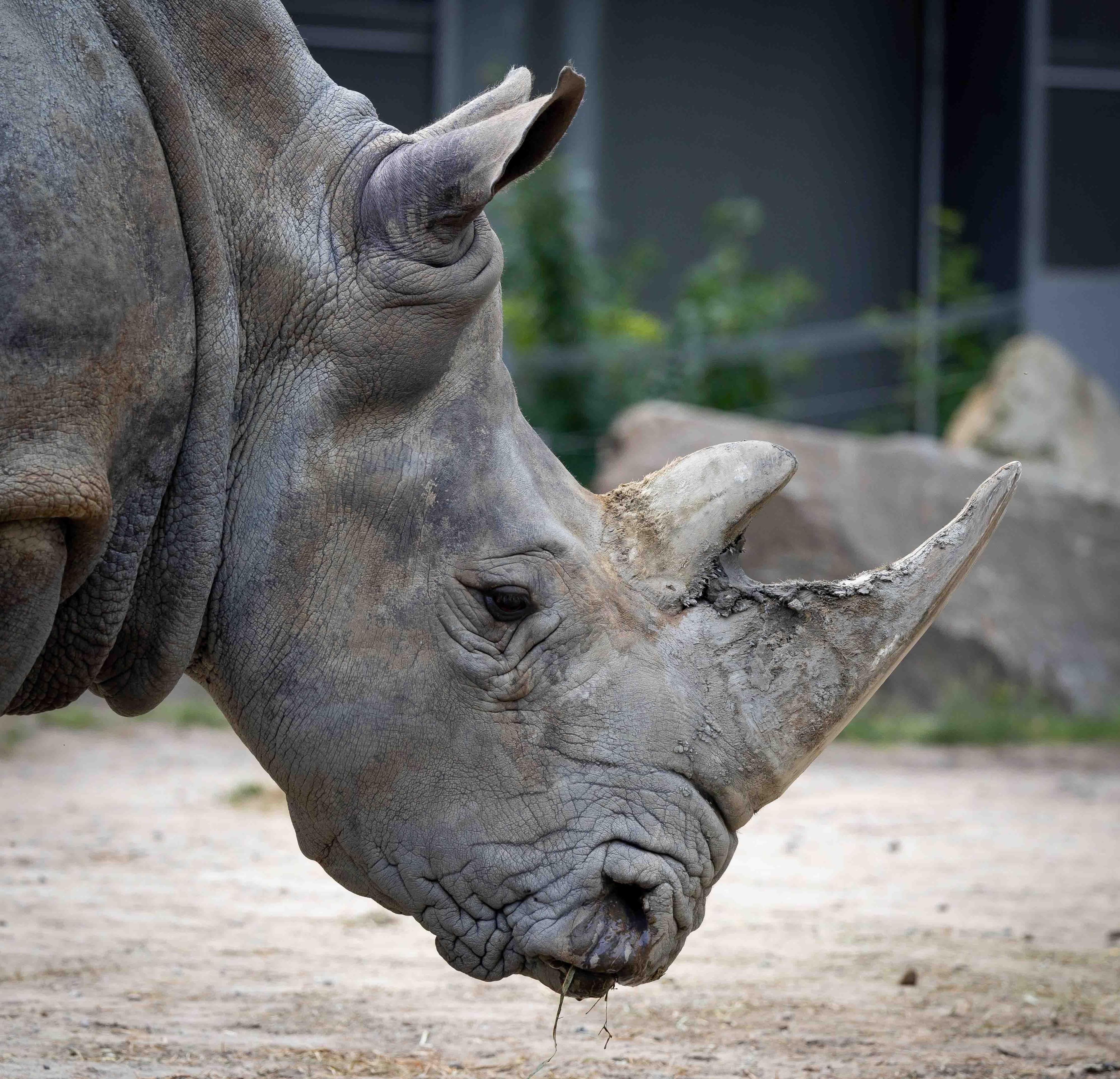
Ceratotherium simum
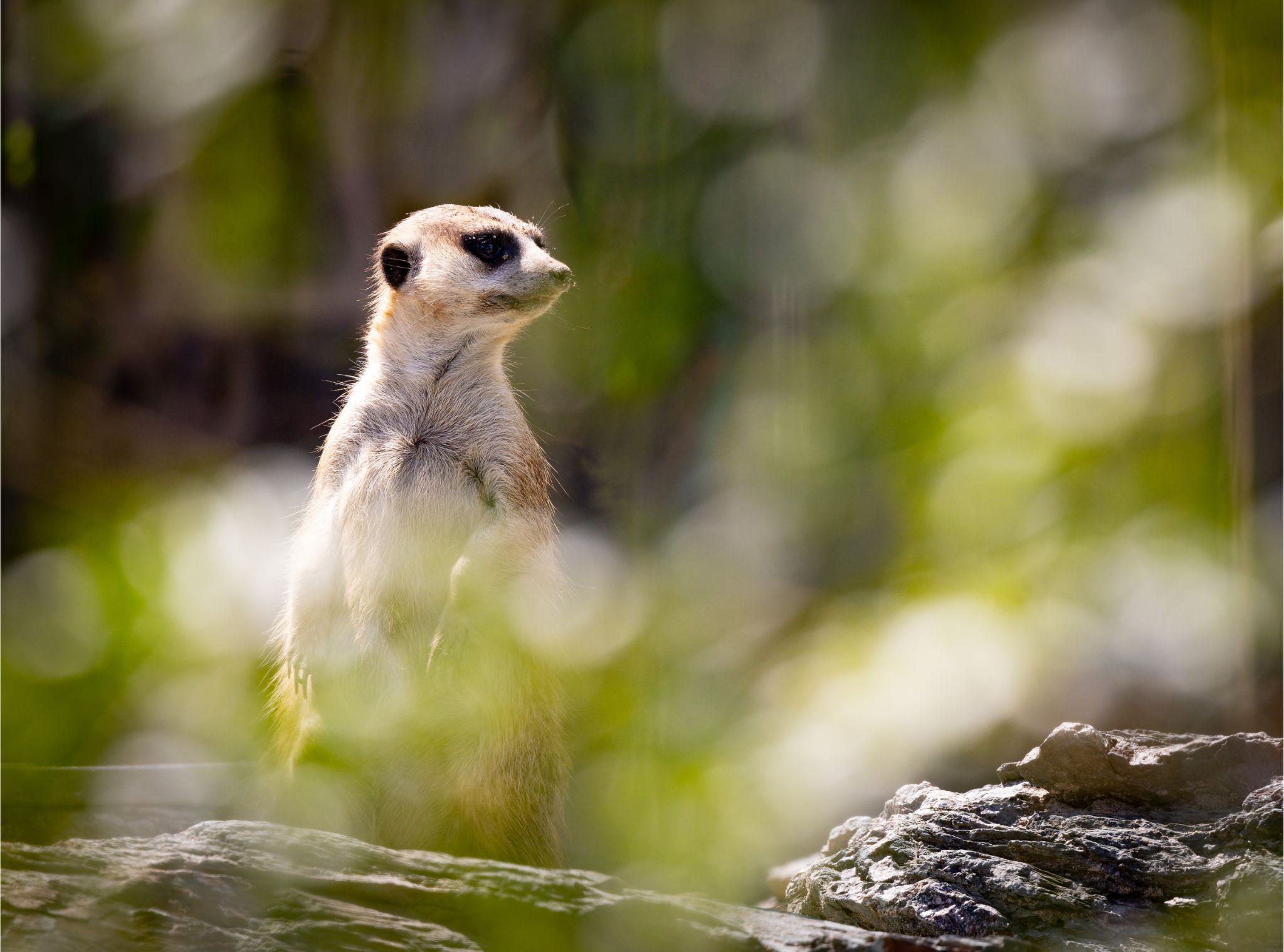
Suricata suricatta

Pithecia pithecia
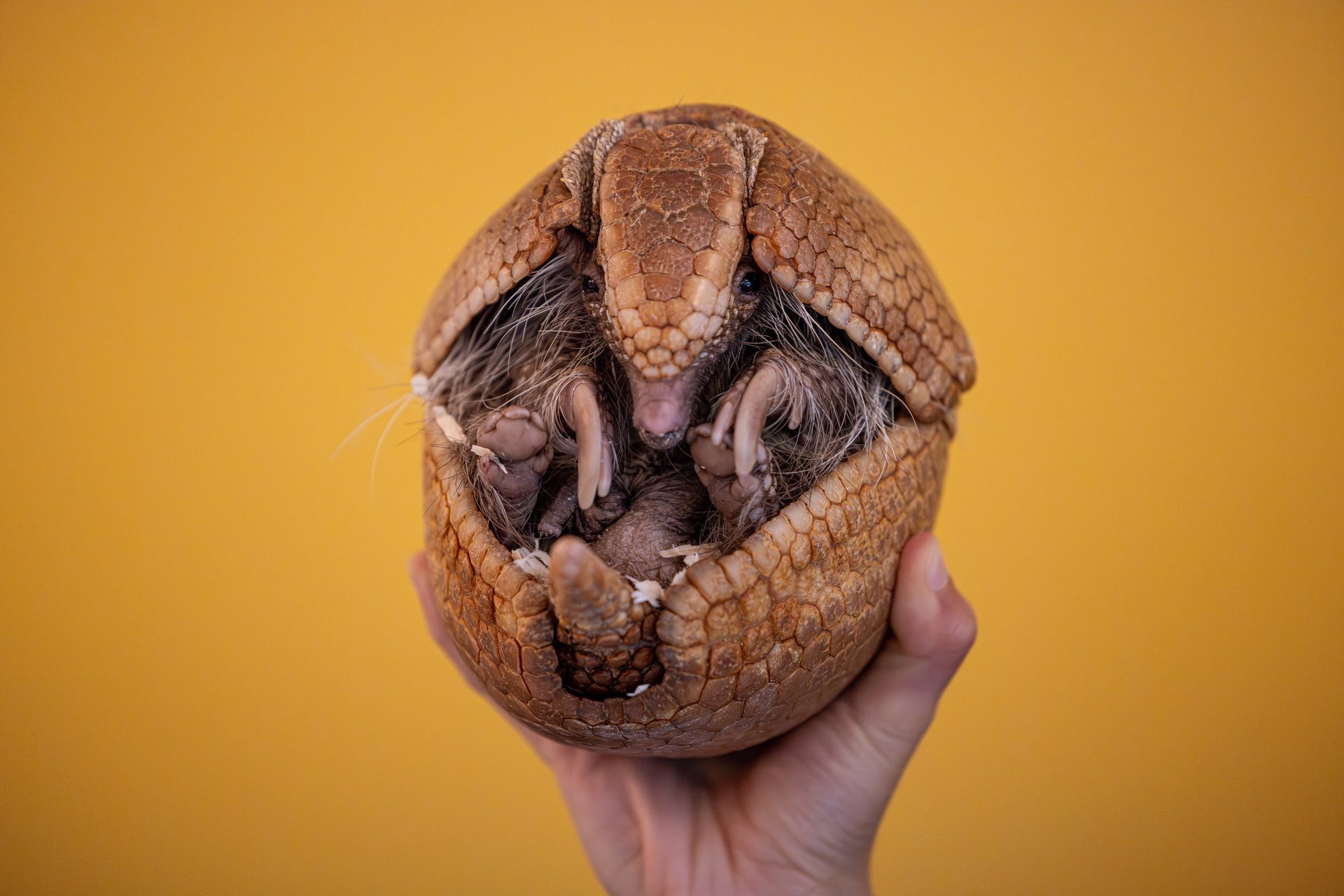
Tolypeutes matacus

Panthera tigris altaica
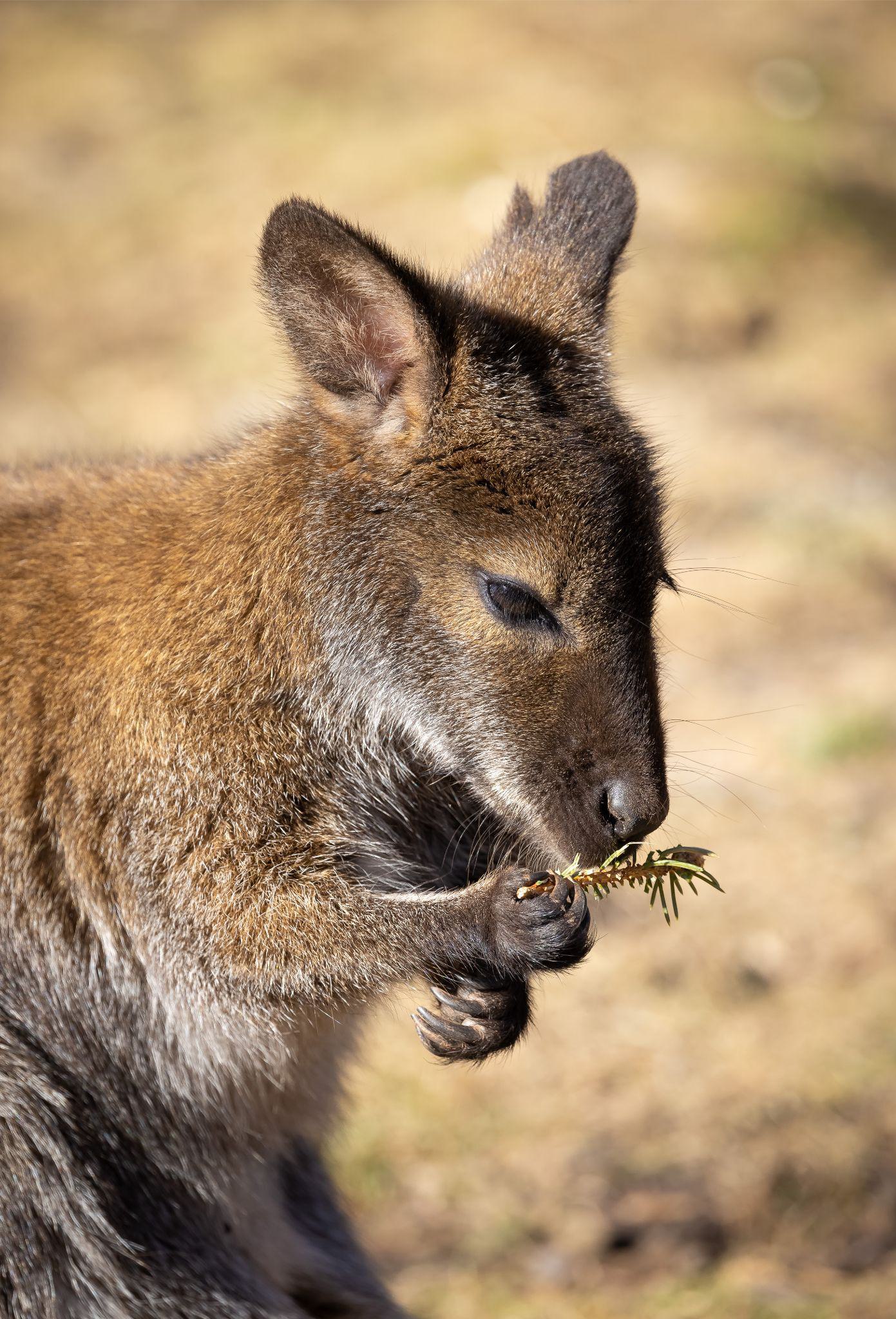
Macropus rufogriseus
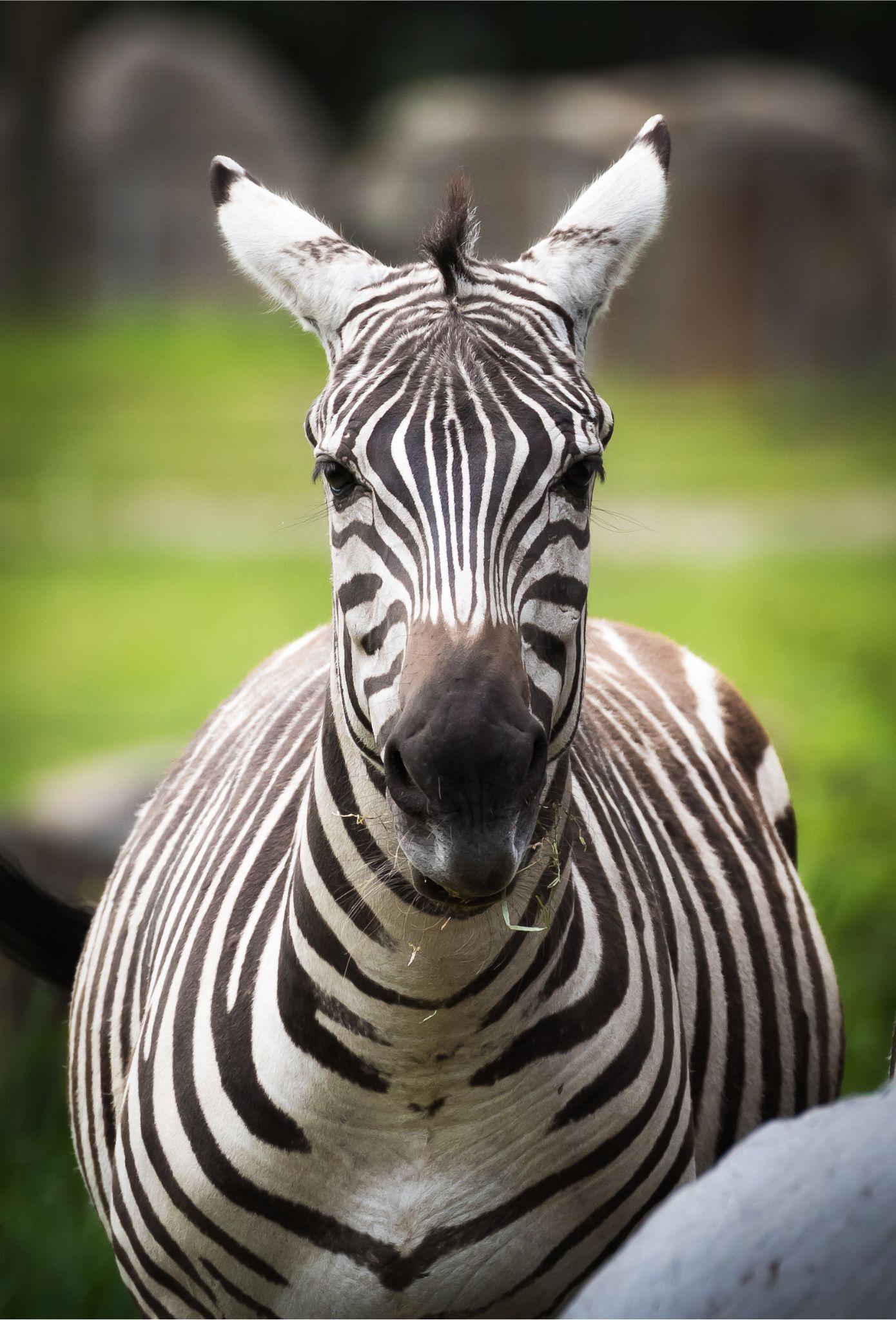
Equus burchelli boehmi
